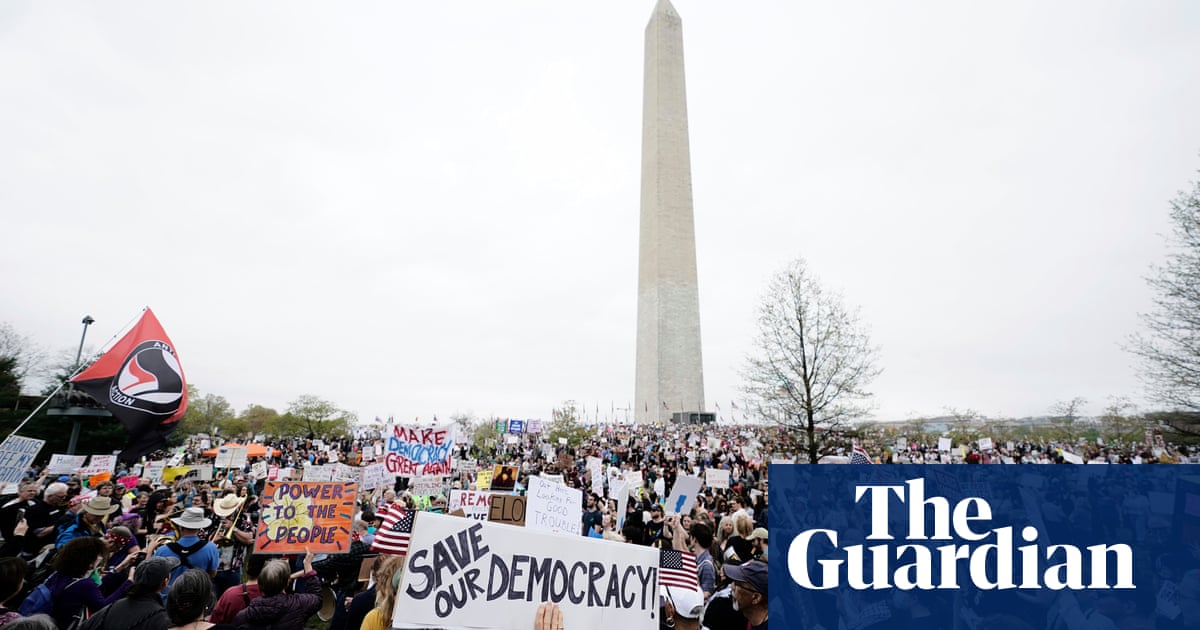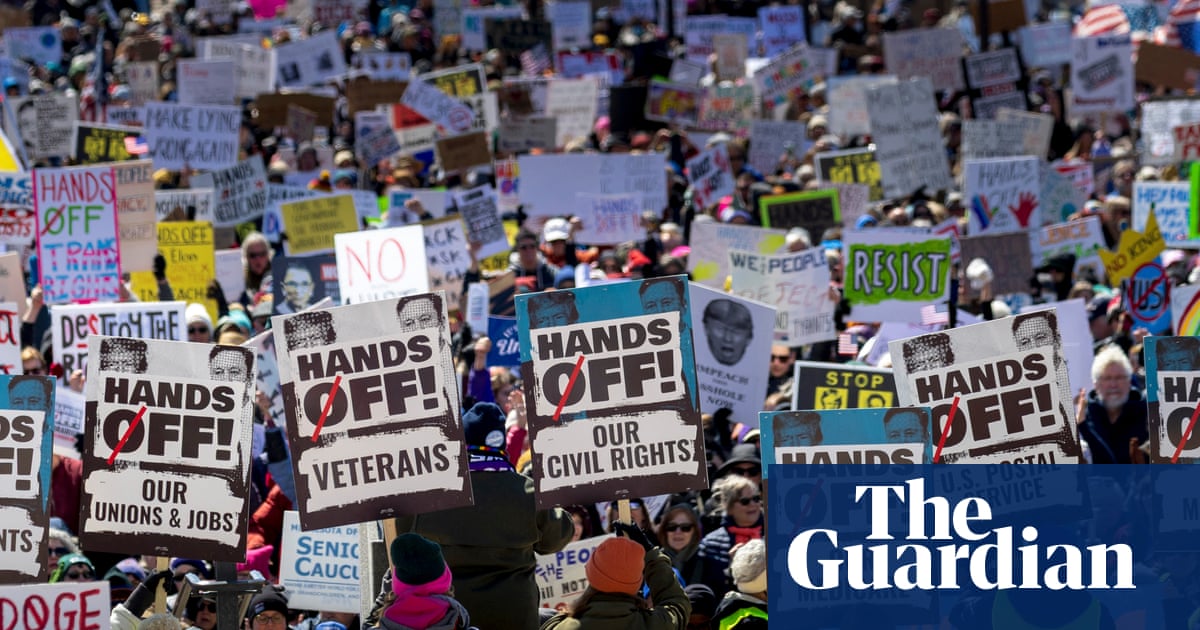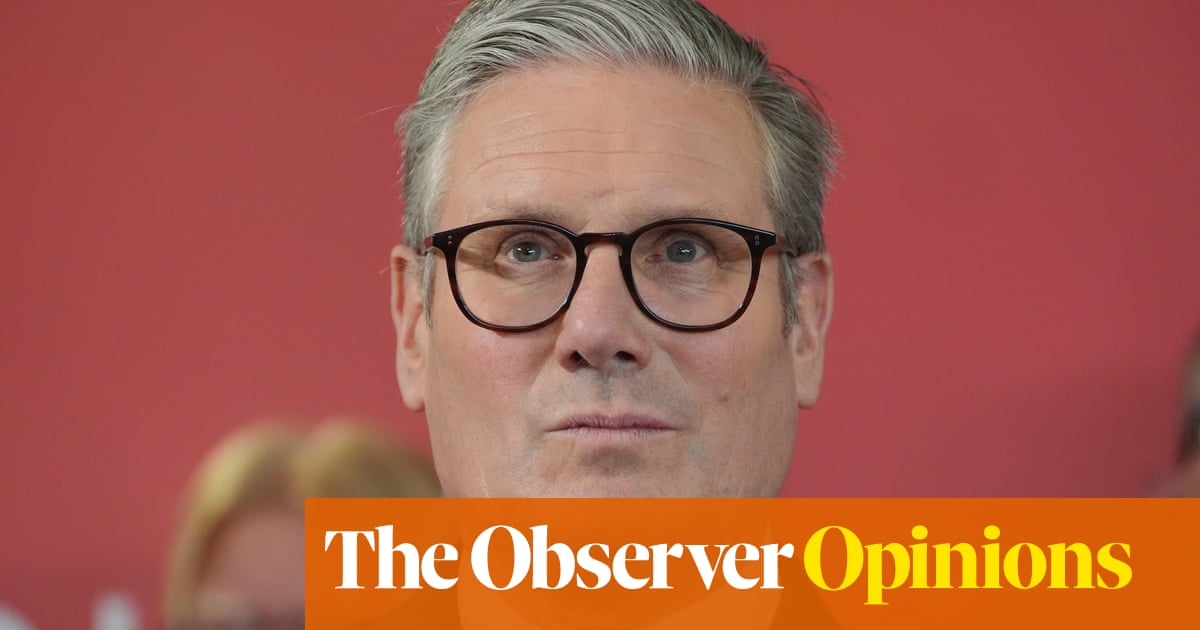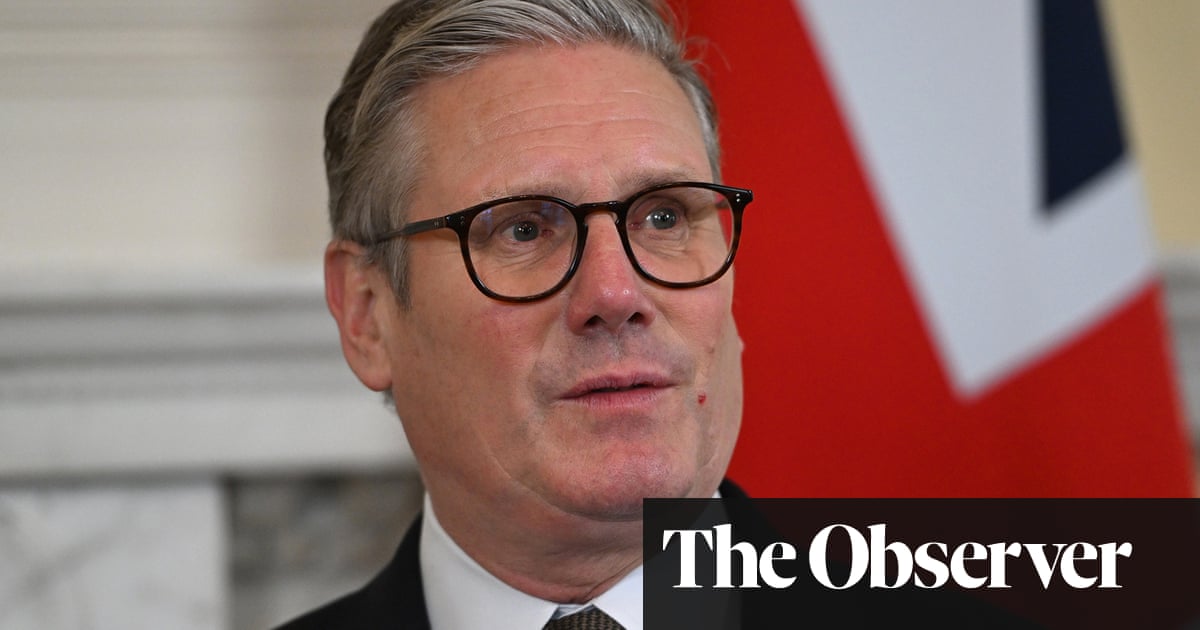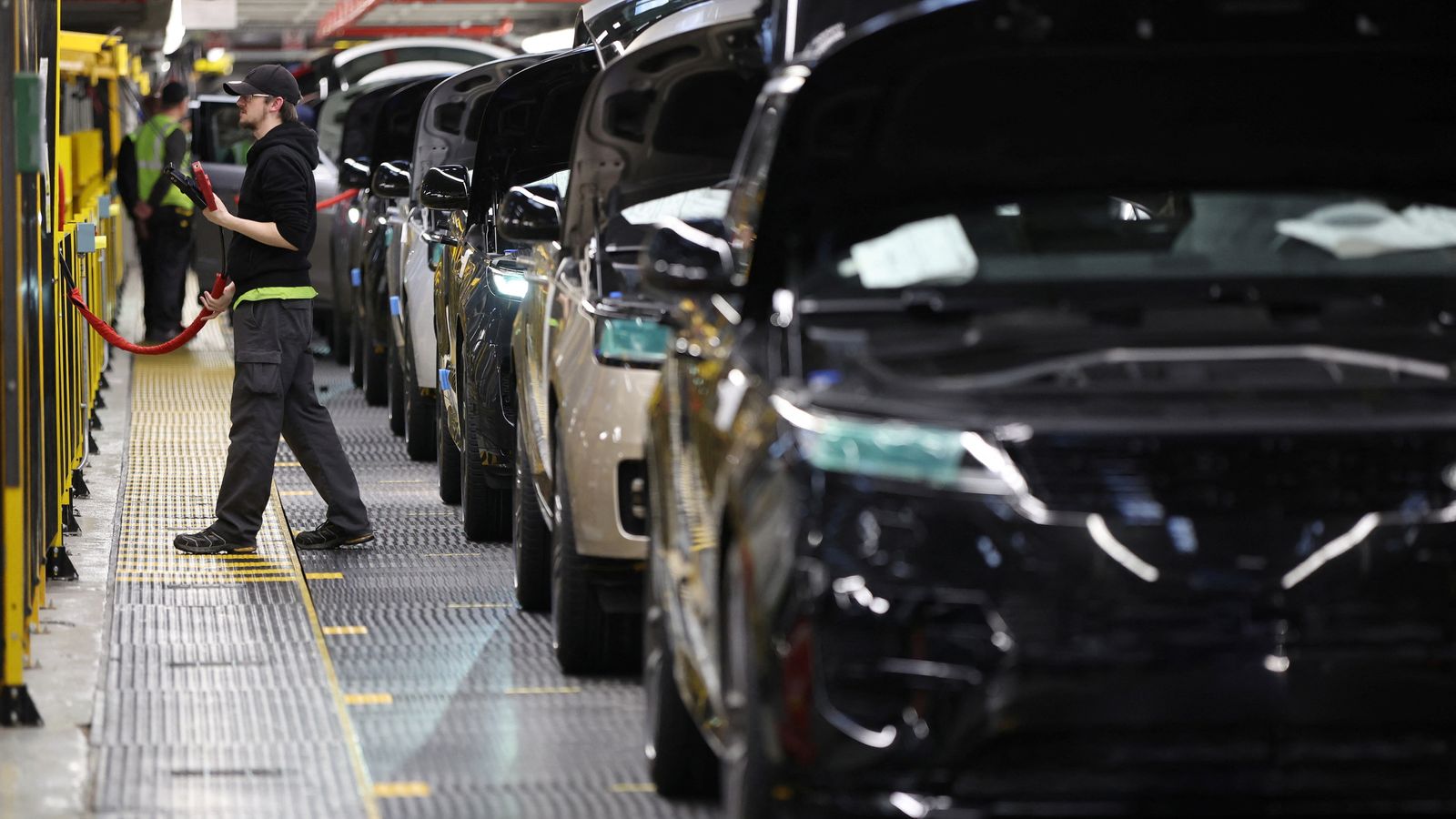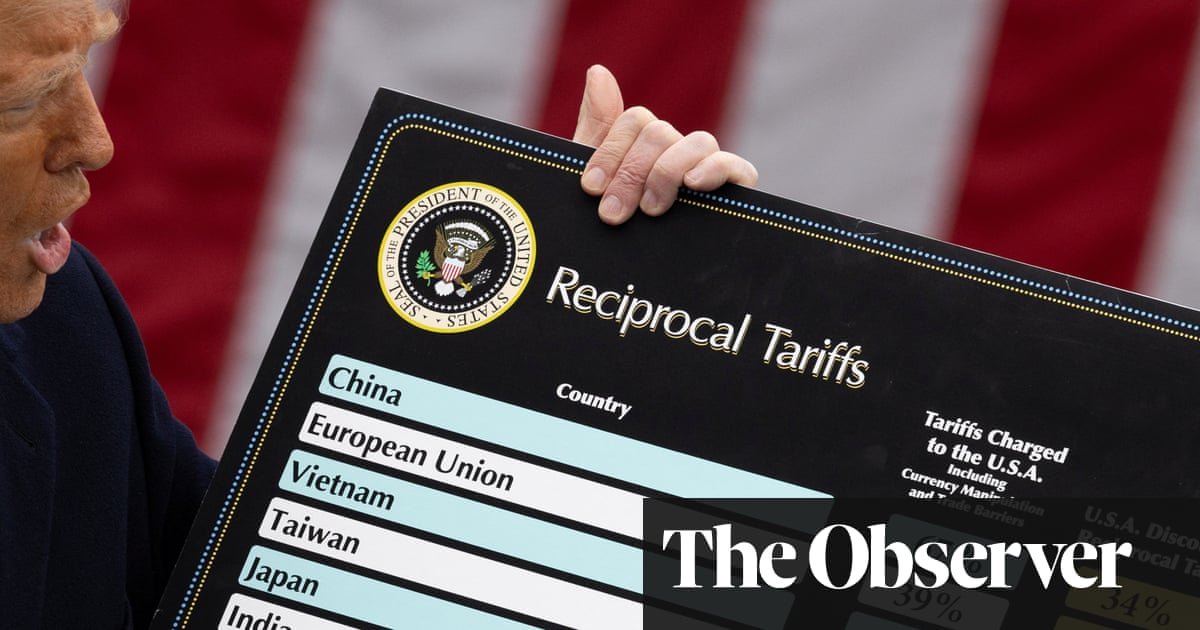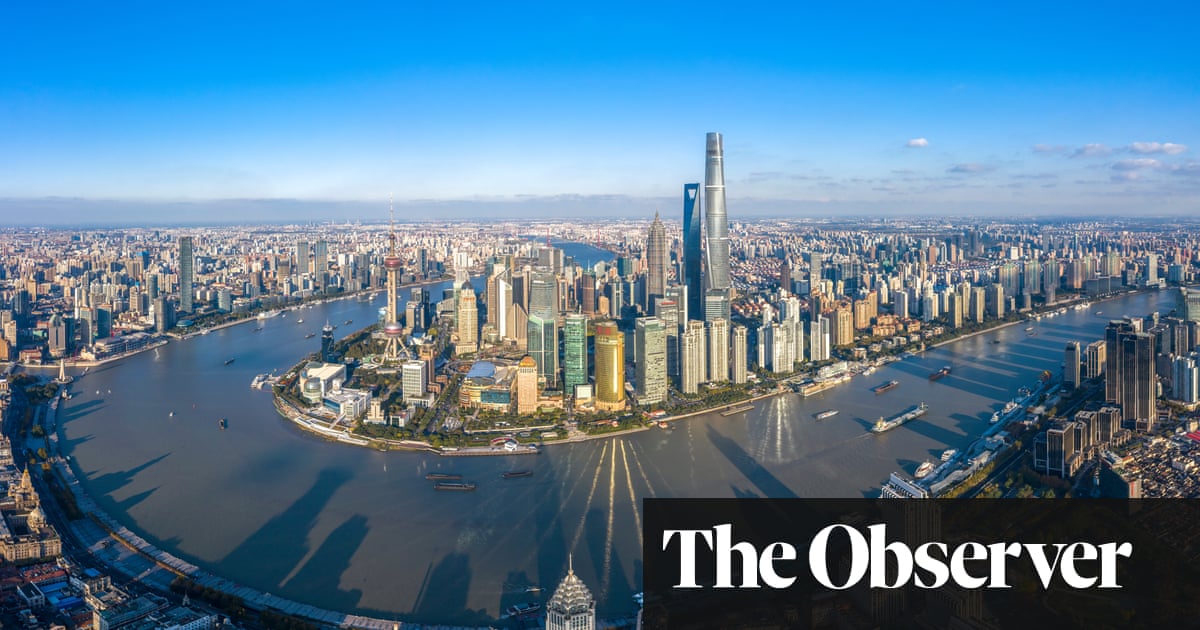
China needs friends in Trump’s trade war. But Xi may have to go it alone
China’s leader, Xi Jinping, says he is prepared to dance if it means sidestepping some of the worst of Donald Trump’s trade tariffs. Last week he sent a letter to India’s president, Droupadi Murmu, urging her to join him in a tango to celebrate 75 years of bilateral trade.
Xi said it was “the right choice” for the two countries to be “partners of mutual achievement and realise the ‘Dragon-Elephant Tango’”, which, he added, “fully serves the fundamental interests of both countries and their peoples.”
Beijing is on a wide-ranging charm offensive, aimed at redirecting its exports away from the US to other willing destinations as Washington erects trade barriers.
Tariffs on China imposed by the US president amounting to 20% earlier this year were more than doubled last week to 54% and an effective average rate of 65%, raising the cost of Chinese imports to a level that many analysts believe will be uncompetitive.
The response from Beijing was swift. A sell-off on financial markets intensified after China’s finance ministry said it would respond in kind, adding 34% to the tariff on all US goods from 10 April.
Investors worry that a recession in the US cannot be ruled out as the trade war intensifies and companies hunker down, cutting investment and jobs to weather the storm.
Here comes a Chinese wave
Fears that China could embark on a campaign of dumping goods or increasing subsidies to help domestic firms win foreign contracts are growing. There are also concerns that the US, already unpopular in much of the developing world, will foster a realignment of global trade that favours authoritarian regimes, including China’s. BYD, which has leapfrogged Tesla to produce the world’s most popular electric cars, is looking to expand in Europe, despite separate tariffs imposed by the EU and UK limiting European sales.
Former UK Treasury minister Jim O’Neill says closer trade ties with Beijing should be part of a realignment that is inevitable following Trump’s “kamikaze” tariff initiative.
Lord O’Neill, a former Goldman Sachs chief economist, said that G7 countries could take the lead in this, but that India and China should be included too.
“It’s important to realise that the rest of the G7, except the US, collectively are the same size as the United States. And I would have thought a very sensible thing to be doing is having a serious conversation with the other members about actually lowering trade barriers between ourselves,” he said.
China, in fact, sends more goods to the EU than the US, and the export trend away from the US has accelerated since Trump’s first period in the White House, even when the Covid-related surge in exports of Chinese goods is discounted. Whereas China sends about $440bn (£340bn) of goods to the US, it exports close to $580bn to the EU’s 27 members.
Christopher Dent, a professor of economics and international business at Edge Hill University business school, said there might be a “bigger picture” that Brussels thinks is worth pursuing, in a fundamental break with the US.
“Trump’s aggressive trade policy will most likely compel other countries to form stronger trade clubs and alliances among themselves.
“The EU and China, for example, might look to resolve or put aside their own trade disputes with each other and champion the cause of trade multilateralism and liberalism along with willing others, such as the UK, Canada, Japan, South Korea, Australia, lowering their tariffs and signing new kinds of trade agreements – a trend that is already evident.”
The EU’s trade and economic security commissioner, Maroš Šefčovič, indicated that talks could take more than a few weeks or months. He said after a meeting with Chinese vice-premier He Lifeng last weekend that there could only be a more open relationship if trade flows and investment were “symmetrical”.
The UK is in a particularly tight spot. It managed to escape with the lowest level of tariffs imposed by Trump, 10%, and is hopeful of securing a deal with Washington. Yet it cannot be seen to succumb to Beijing’s advances. Like others, Britain risks being engulfed by the flood of cheap Chinese goods, from electric cars to steel, that will soon wash up on its shores, threatening jobs.
Speaking at a recent Chatham House event, the UKbusiness secretary, Jonathan Reynolds, said the “majority of UK China trade is not in particularly contentious areas”.
“We’ve got to engage with a fifth of the world economy. The Conservative view, which is to just pretend China does not exist – I’m sorry, I don’t think that’s realistic whatsoever.”
He said there were “areas we can work more closely”, but added there was no suggestion of returning to the so-called golden age pursued by David Cameron.
“Pork exports would be an obvious example,” he said. “Whichever way we go on these areas, there is nothing to be gained from just pretending China does not exist.”
China and its neighbours
John Denton, head of the International Chambers of Commerce, likens the onset of these tariff wars to the oil shock of the 1970s, such is its seismic importance. “The overriding theme is the battle for supremacy between China and the US for global trade dominance,” he said.
Denton is among the senior international business leaders imploring politicians to resist retaliatory action, to prevent a death spiral of punitive import charges that push up inflation and crash the world economy.
He is worried that the tariffs pose an existential crisis for Asean (the Association of Southeast Asian Nations), which has become a conduit for Chinese firms exporting to the US. This was noticed in Washington, hence tariffs adding a 46% surcharge on imports from Vietnam and 49% on those from Cambodia.
US trainer-maker Nike, which manufactures 50% of its shoes in Vietnam, has been caught in the crossfire. Its shares slumped by 15% after the tariffs were applied. But Chinese-owned clothes and shoe factories based in both countries are the chief targets.
Mary Lovely, a trade expert at the Peterson Institute in Washington, said most American workers would not aspire to work in a clothing or shoe factory, which is why they had been outsourced to east Asia.
“Are we supposed to knit our own knickers?” she asked an audience at the Brookings Institution in the US capital. “I mean, really, what is a good job for an American worker?
“Reducing the dependence on China was a good thing, but we totally whacked it [with these tariffs].”
Vietnam has taken steps to convince the US it is serious about reducing its trade surplus, which reached $123.5bn last year, and the third highest gap for the US, behind China and Mexico. Hanoi expects the economy to grow by 8% this year, even though exports account for 90% of economic output and the US accounts for 25% of that total. It declined to change the outlook after Trump’s announcement, preferring instead to dispatch a team to Washington to plead with officials.
Meanwhile, with regard to India, Xi said the two countries were both ancient civilisations, major developing countries and important members of the “global south” standing at a critical stage in their respective modernisation efforts.
Murmu refused to reply to his letter in kind. In a short response, she noted that together they were home to a third of the world’s population, and that a stable, predictable and friendly relationship would benefit both countries and the world.
It was a message widely seen in Indian business circles as a way to sidestep many longstanding political and economic issues.
Indians are sceptical that there is much mileage in talks when the trade balance is almost nine to one in China’s favour. In part, this is due to severe restrictions on Indian imports of pharmaceuticals, IT services, basmati rice and beef.
There is also a long-running border dispute in the north of India that ignited into conflict in 2020 and remains unresolved.
Worse before it gets better
But for China, it looks like the situation is only going to get worse. Trump plans to phase out a “de minimis” exemption next month that allows packages with a value of $800 or less to be shipped to the US from China duty free, and is central to the business model of companies such as fast fashion firm Shein and household goods supplier Temu.
Trump is also expected to apply additional tariffs on pharmaceuticals and semiconductors, targeting China and affiliates in neighbouring countries, before deciding how to punish firms that trade in rare earth metals sourced from China.
The White House has bipartisan support when it applies a tourniquet to China, especially the communist state’s carmakers and tech companies, which are widely considered to be leapfrogging US manufacturers to become global leaders.
China’s full-throttle shift to become a tech powerhouse – a move exemplified by the rise of telecoms giant Huawei and AI firm DeepSeek – has also spooked many potential export destinations, including Europe, which fear the Moscow-friendly nation is as keen on harnessing personal data and industrial secrets as it is hard cash.
Christopher Beddor, deputy China research director at Beijing-based Gavekal Research, said China had few friends it could rely on to take goods previously destined for the US market.
In an initiative that parallels the Murmu letter, Chinese government officials have also toured European capitals to say that China, unlike the US, still believes in the rules-based international trading system, giving them a common cause. “But I have been interested to see how there is still lots of resistance to the idea of China as a reliable partner,” said Beddor.
Maybe a renewed effort to attract foreign firms to build factories inside China will help ease tensions. Last month, China’s second-in-command, Li Qiang, urged countries to open their markets to combat “rising instability and uncertainty” at a business forum in Beijing attended by the bosses of Europe and the US’s largest companies.
Ola Källenius, the chair of Mercedes, was in attendance with Laurent Freixe, chief executive of Nestlé and bosses from Siemens, BMW, Saudi Aramco, Rio Tinto, and UK bank Standard Chartered. AstraZeneca’s chief executive, Pascal Soriot, was also in the audience with Tim Cook of Apple and Cristiano Amon of chip designer Qualcomm.
Li urged them to increase their investment in China based on promises that the world’s second largest economy would buck the global economic slowdown that was sure to follow a further round of tariffs.
Is there a way back?
A rapprochement with the US looks unlikely. If anything, the Trump administration wants to ringfence Beijing, preventing America’s consumers from buying any of its goods unless a huge surcharge is applied.
Trump’s planned tax cuts, due to be announced before the end of the year, are paid for with the revenue from tariff charges, though there are wildly differing forecasts about how much will be raised.
Trump’s comments that he is open to bargaining away some tariffs also complicates the picture. The US president said after announcing his latest measures that a deal to secure US ownership of TikTok could reduce China’s tariff burden. But the deal is subject to legal wrangling and it’s not clear when China might be ready to make concessions.
Beddor says the US’s stance and a lack of international partners will force Xi to look inwards for extra sales and growth.
“Chinese exports into the US are about 2% of its overall economic output, and so Beijing will think that is manageable,” Beddor said.
US imports of Chinese goods reached $438.9bn in 2024, or 2.3% of China’s $19tn economy, while the trade surplus hit $295bn, a 5.8% increase from 2023.
“It is a much bigger problem when Trump’s tariffs create a global downturn. That is a different order of magnitude,” Beddor said. “And for China, if there is a global slowdown, there is nowhere for Beijing to go other than to the Chinese consumer.”
He said Xi had already signalled that an economic stimulus package outlined at the beginning of the year in response to tariff threats could be enlarged.
“China’s policymakers are now almost certain to ramp up stimulus efforts in the coming months, and will probably introduce more fiscal measures later in the year.
“The fiscal stimulus this year may be well beyond anything we’ve seen in the past decade.”



